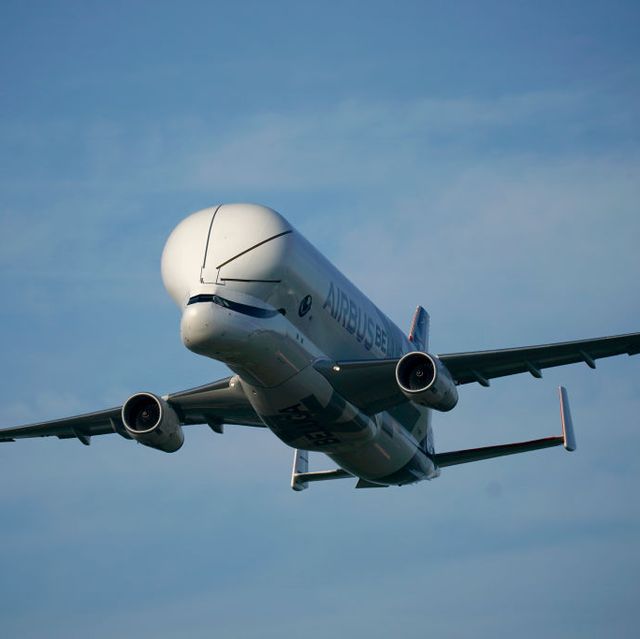The Evolution of Aircraft: From Wright Brothers to Cutting-Edge Aviation
The history of aviation is a fascinating journey that spans over a century, from the humble beginnings of the Wright brothers to the sophisticated and high-tech aircraft of today. The development of planes has not only revolutionized transportation but has also played a crucial role in shaping the world we live in. In this article, we will explore the evolution of aircraft, highlighting key milestones, technological advancements, and the impact of planes on society.
The Pioneering Days: Wright Brothers and the Birth of Aviation
The year was 1903 when Orville and Wilbur Wright achieved the impossible by successfully piloting the world's first powered, controlled, and sustained flight. Their aircraft, the Wright Flyer, may seem primitive by today's standards, but it laid the foundation for the aviation industry. The Wright brothers' achievement demonstrated that powered flight was not just a dream but a tangible reality.
World War I: Aviation Takes Flight
The outbreak of World War I in 1914 marked a significant turning point for aviation. Planes were initially used for reconnaissance, but as the war progressed, they became powerful weapons. Dogfights in the skies and the development of iconic aircraft like the Sopwith Camel and the Fokker Dr.I showcased the military potential of aviation. Pilots became heroes, and the aviation industry rapidly advanced during this period.
The Golden Age of Aviation: 1920s and 1930s
The interwar period saw a surge in aviation enthusiasm and innovation. Record-breaking flights, such as Charles Lindbergh's solo transatlantic crossing in 1927, captured the public's imagination. Commercial aviation also took off, with the introduction of airlines and the first passenger flights. The sleek, art deco designs of aircraft like the Douglas DC-3 symbolized the elegance and glamour of air travel during the golden age of aviation.
World War II: Technological Leap and Jet Propulsion
World War II accelerated the technological evolution of aircraft. Jet engines, first used by the Germans with the Messerschmitt Me 262, revolutionized air warfare. The conflict also witnessed the debut of iconic planes like the Supermarine Spitfire, the P-51 Mustang, and the Boeing B-17 Flying Fortress. The post-war period saw the transition from propeller-driven aircraft to jet-powered ones, marking a new era in aviation.
The Jet Age: Commercial Aviation Soars
The introduction of commercial jet travel in the 1950s ushered in the Jet Age. The Boeing 707 and the Douglas DC-8 became the pioneers of long-distance, high-speed air travel. Airports expanded, and the world became more connected as jetliners made international travel more accessible. The Concorde, a supersonic passenger jet, epitomized the ambition and speed of the era, although its commercial success was limited.
Modern Marvels: Advancements in Technology
The latter half of the 20th century and the early 21st century witnessed remarkable advancements in aviation technology. Fly-by-wire systems, composite materials, and computer-aided design transformed the way planes were built and operated. Aircraft like the Boeing 747, Airbus A380, and Boeing Dreamliner changed the landscape of long-haul travel, offering increased efficiency, comfort, and capacity.
Challenges and Innovations: Sustainability in Aviation
As the world became more aware of environmental issues, the aviation industry faced challenges regarding its environmental impact. Innovations in sustainable aviation, including the development of electric and hybrid-electric planes, biofuels, and more fuel-efficient engines, became a focal point. The quest for eco-friendly aviation solutions aims to reduce carbon emissions and create a more sustainable future for air travel.
The Future of Aviation: Electric and Autonomous Flight
Looking ahead, the aviation industry is exploring new frontiers with electric and autonomous flight. Electric planes, powered by batteries or hybrid-electric systems, promise cleaner and more energy-efficient travel. Autonomous technologies may lead to pilotless flights, although public acceptance and regulatory hurdles remain significant challenges. The integration of artificial intelligence and advanced sensors is paving the way for a new era in aviation.
From the Wright brothers' historic flight to the cutting-edge aircraft of the 21st century, the evolution of planes is a testament to human ingenuity, ambition, and the relentless pursuit of progress. Aviation has not only transformed the way we travel but has also shaped the world in ways unimaginable a century ago. As we stand on the cusp of a new era in aviation, with electric planes and autonomous flight on the horizon, the sky continues to be the limit for the future of air travel.





























